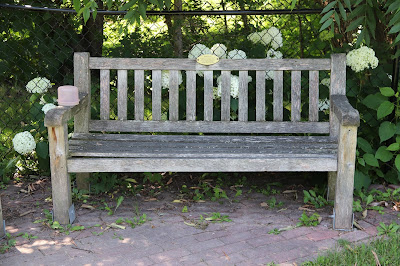In Franktown, Ontario, the plaque commemorating Reverend George Buchanan stands in front of the former St. Paul's United Church on the west side of Highway 15, north of Church Street.
À Franktown, en Ontario, la plaque commémorative du révérend George Buchanan se trouve devant l'ancienne église unie St. Paul, du côté ouest de la route 15, au nord de la rue Church.REV. GEORGE BUCHANAN 1761 – 1835
Born
at Coupar-Angus, Scotland, Buchanan graduated in medicine from
Edinburgh University. He later became a Presbyterian minister and was
called to Upper Canada. He arrived in Beckwith Township in August, 1822,
to become its first resident clergyman. For eleven years Buchanan
served as minister, teacher, and physician but when, in 1833, a stone
church was completed, influential members of the congregation demanded
that it be conducted under the auspices of the Church of Scotland.
Buchanan, a Secessionist, refused and was barred from preaching in the
new church. From then until his death he held services in his home for
those of the congregation who supported his views.
Archaeological and Historic Sits Board of Ontario.
Révérend George Buchanan (1761-1835)Né à Coupar-Angus, en Écosse, Buchanan obtint son diplôme de médecine à l'Université d'Édimbourg. Il devint ensuite pasteur presbytérien et fut appelé dans le Haut-Canada. Il arriva dans le canton de Beckwith en août 1822 et en devint le premier pasteur résident. Pendant onze ans, Buchanan exerça les fonctions de pasteur, d'enseignant et de médecin. En 1833, lorsqu'une église en pierre fut achevée, des membres influents de la congrégation exigèrent qu'elle soit administrée sous l'égide de l'Église d'Écosse. Buchanan, sécessionniste, refusa et fut interdit de prêcher dans la nouvelle église. Dès lors et jusqu'à sa mort, il célébra des offices chez lui pour les membres de la congrégation qui partageaient ses convictions.
Commission des sites archéologiques et historiques de l'Ontario
















































